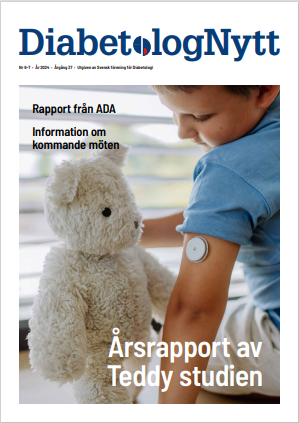ADA Philadelphia, Pennsylvania — In a small feasibility study, a closed-loop ”artificial pancreas” system was able to predict a rise and fall in blood glucose and then will correspondingly increase or decrease insulin delivery.
The data were presented at the American Diabetes Association (ADA) 72nd Scientific Sessions.
The Hypoglycemia-Hyperglycemia Minimizer (HHM) System is being developed by the Animas Corporation in collaboration with the Juvenile Diabetes Research Foundation (JDRF) as part of an ongoing partnership.
”The system in its final stage has not yet been produced,” Henry Anhalt, DO, chief medical officer of Animas Corporation and medical director of the Artificial Pancreas Program, told Medscape Medical News.
”Components of the system include a continuous subcutaneous insulin pump, a continuous glucose monitor (CGM), which will sense glucose values, and an algorithm, which is a series of mathematical formulas that will take those values and use them to predict where the glucose values will go next and inform the insulin pump how to change insulin infusion,” Dr. Anhalt explained.
Study Objectives Met
The study was a nonrandomized, single-center, uncontrolled feasibility study in 11 women and 2 men with type 1 diabetes. Patients were aged 24-57 years and had type 1 diabetes for 27.2 years on average. Their mean hemoglobin A1c level was 7.4%.
The HHM system was studied for roughly 24 hours in each patient during periods of open- and closed-loop control. Insulin and food variables were manipulated to ”challenge” and assess the system, the researchers say. The primary objective was to see whether the algorithm could predict a rise and fall in glucose above or below set thresholds and to command the pump to increase, decrease, suspend, or resume insulin infusion accordingly.
The investigators say all the objectives of this initial trial were met.
”We are very pleased with the results. What was shown clearly is that the algorithm can detect glucose values, it can predict where the glucose values are going and in doing so can direct a command to the insulin pump to increase or decrease insulin infusion,” Dr. Anhalt announced.
The system ”provided warnings in advance of significant decreases” in glucose, the investigators note in meeting materials. There were no safety concerns, including no diabetic ketoacidosis or severe hypoglycemia.
Another Step Forward
This is ”another step in improving technology for type 1 diabetes mellitus,” Joel Zonszein, MD, director of the Clinical Diabetes Center at Montefiore Medical Center in the Bronx, New York, who was not involved in the study, told Medscape Medical News.
”A system that can predict high and low blood sugar levels and make automatic adjustments to insulin delivery would be a major advance for people with type 1 diabetes,” he noted. However, this study was ”brief and small, and more data long term is necessary,” Dr. Zonszein cautioned.
The study was funded through the partnership between Animas Corporation and JDRF. Dr. Anhalt and 4 of his coauthors are employees of Animas Corporation. Dr. Zonszein has no relevant disclosures.
American Diabetes Association (ADA) 72nd Scientific Sessions. Abstract #917-P and #922-P. Presented June 10, 2012.
Medscape
Nyhetsinfo
www red DiabetologNytt





